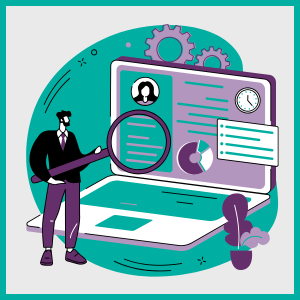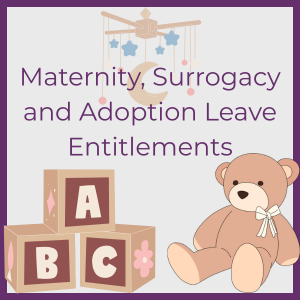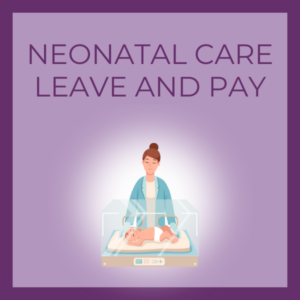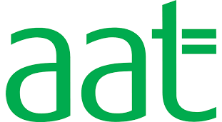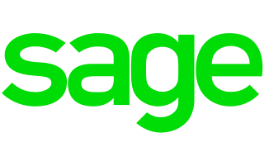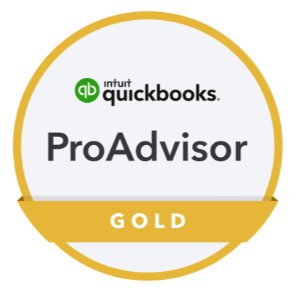
Many freelancers, sole traders and self-employed workers have questions about how much money they should be setting aside to pay their Self-Assessment bill, and where they should be saving it.
Here, the team at AMR Bookkeeping Solutions provides their guide to setting aside money for your Self-Assessment tax bill.
Who is required to submit a Self-Assessment tax return?
HMRC states that you must submit a Self-Assessment tax return if:
- You are a self-employed sole trader earning over £1,000 p.a.
- A partner in a business partnership
HMRC will then calculate the amount of tax you owe based on what you report.
It’s worth noting that people with any other source of untaxed income (income other than wages or pension) may also need to submit a tax return. This can include:
- Landlords
- Those receiving tips and commissions
- Those with income from investments, dividends and savings
- Those with foreign income
- Those receiving COVID-19 grant or support payments
Visit gov.uk to check if you need to send a Self-Assessment tax return.
How do HMRC calculate the amount of tax I owe?
Self-employed workers are subject to the same tax rates and allowances as salaried workers. These are:
- Personal allowance: up to £12,570 taxed at a rate of 0%
- Basic rate: between £12,570 and £50,270 taxed at a rate of 20%
- Higher rate: between £50,271 and £150,000 taxed at a rate of 40%
- Additional rate: over £150,000 taxed at a rate of 45%
When calculating your tax bill, HMRC will look at how much of your income falls within each tax band.
You will also need to pay Class 2 and Class 4 National Insurance contributions.
- Class 2 National Insurance rates are £3.15 a week.
- Class 4 National Insurance rates are 10.25% on profits between £11,909 and £50,270, and 3.25% on profits over £50,270
How much money should I set aside?
To ensure that you are able to pay the correct amount of tax at the end of each financial year, it’s vital to forecast your annual income and work out which tax brackets you are likely to reach. This will help you budget accordingly.
Looking at your previous tax returns might give you a good indication of how much you need to set aside. However, it is advisable not to rely on this figure being the same each year.
Even if you have been paying a steady amount of income tax over a number of years, it’s a good idea to review your income monthly or weekly. This will ensure that you are budgeting for your actual income, not your past income.
If you are new to self-employment, have taken on more work/clients, or your rates have recently gone up, regularly reviewing your income will be even more important.
Most self-employed workers set aside a percentage of their earnings every month to account for tax bills. It’s good practice to set aside a little more than you expect to pay, to build up a ‘cash cushion’ should your bill be higher than expected.
The government has created a useful tool to help self-employed workers and sole traders budget for their Self-Assessment tax bill.
Where should I keep the money I’m saving for my Self-Assessment tax bill?
Essentially, money that you are saving to pay your Self-Assessment tax bill belongs to HMRC. This means it’s best practice to keep this money separate from your personal savings accounts, or current accounts.
Many self-employed workers set up a separate savings account to store this money.
Another clever way to set aside money for your tax bill, is to take advantage of the National Savings and Investments (NS&I) Premium Bonds scheme. You will automatically be entered to win cash prizes on the bonds you purchase. These prizes will be greater than the interest you could earn if the money was being stored in a savings account. Premium bonds are also tax-free, and you can withdraw your money at any time, making them ideal for saving towards your tax bill.
It is also highly advisable not to put this money into investments, especially volatile ones such as cryptocurrency, where there is larger risk of losing some, or all, of your investment.
What is the deadline for submitting my Self-Assessment tax return?
For the 2022/2023 financial year the HMRC Self-Assessment deadlines are as follows:
- 5 October 2022: Deadline for registering for Self-Assessment
- 31 October 2022 (Midnight): deadline for paper tax returns
- 31 January 2023 (Midnight): deadline for online tax returns
- 31 January 2023 (Midnight): deadline for paying the tax you owe
If you are a self-employed worker and would like help with your Self-Assessment tax returns, or any other aspect of your bookkeeping, we’d love to hear from you. Give us a call on +44 (1892) 489668 or get in touch via our online enquiry form.


